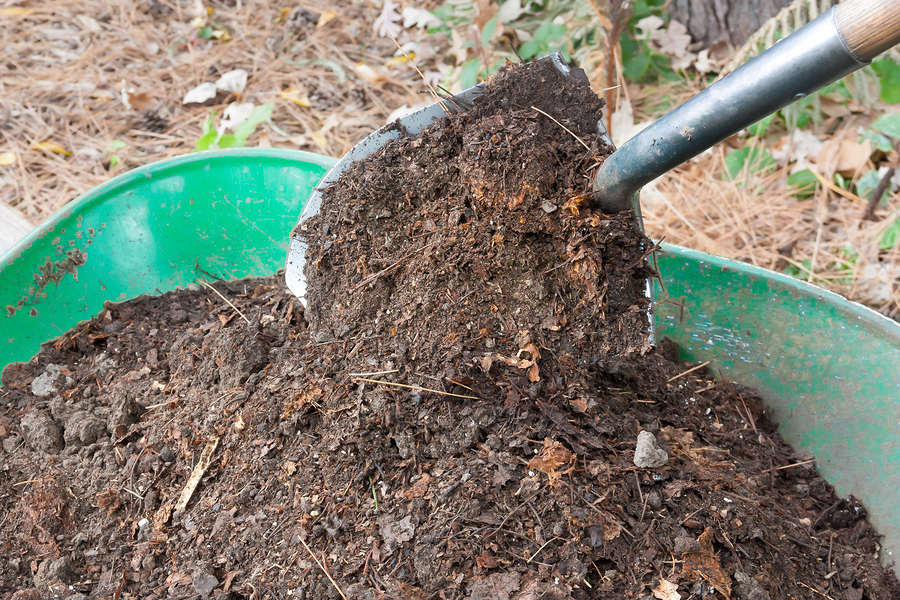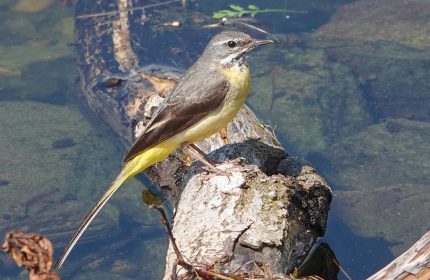7 sustainable uses for old compost and potting soil
Gardening enthusiasts and eco-conscious individuals often find themselves with a surplus of old compost or potting soil. While it may seem tempting to discard these materials, they can actually be repurposed in various creative and sustainable ways.
1. Mulching and Soil Amendment
One of the simplest and most effective ways to utilise old compost or potting soil is to use it as mulch or soil amendment in your garden. Spread a layer of compost on the topsoil around your plants to suppress weeds, retain moisture, and improve soil fertility. The organic matter in compost enhances the soil structure, promotes beneficial microbial activity, and adds vital nutrients.
2. Raised Bed Renewal
If you have raised beds in your garden, rejuvenate them by incorporating old compost or potting soil. Over time, the soil in raised beds can become depleted and compacted. Adding a layer of compost helps replenish the soil, improve drainage, and promote healthier plant growth.
3. Seed Starting Mix
Old compost or potting soil can be an excellent component for creating a homemade seed starting mix. Mix it with vermiculite or perlite to provide a lightweight and well-draining medium for starting seeds indoors or in seed trays. The organic matter in the compost will also provide essential nutrients to young seedlings.
4. Container Planting
When planting in containers, using fresh potting soil for every plant can be costly and wasteful. Instead, recycle your old potting soil by combining it with new soil or compost to create a budget-friendly mix. Be sure to add some additional perlite or vermiculite to improve drainage, as reused potting soil may become compacted over time.
5. Composting Booster
Old compost can play a vital role in speeding up the decomposition process in your compost pile or bin. Its rich microbial activity and nutrient content act as a composting accelerator, helping to break down organic matter faster. Mix your older compost with fresh kitchen scraps, yard waste, and other green and brown materials to create a well-balanced compost mixture.
6. Filling Low-lying Areas
Do you have low-lying areas in your yard that collect water or lack proper drainage? Old compost or potting soil can be used to fill these depressions and level the ground. This not only solves the drainage problem but also enriches the soil and creates a healthier growing environment for nearby plants.
8. Donations and Community Gardens
Consider donating your surplus compost or potting soil to local community gardens, schools, or organisations that promote urban agriculture. These initiatives often rely on donations to support their gardening projects, and your contribution can help provide valuable resources to those who need them.
Old compost and potting soil are not to be dismissed as waste but rather viewed as valuable resources with endless possibilities. From mulching and soil amendment to seed starting mix and composting boosters, these materials can be repurposed in numerous creative and sustainable ways. By giving them a second life, you contribute to a more eco-friendly and resourceful approach to gardening. So, before discarding your old compost or potting soil, consider these suggestions and let your green thumb shine.
Lisa Lawrenson
Latest posts by Lisa Lawrenson (see all)
- Knocking on Wood and Crossing Fingers: Which superstitions do you believe in? - August 13, 2024
- 7 essential foot care tips for a blissful summer - July 23, 2024
- 10 lawn games to play with the grandchildren this summer - July 5, 2024
- Unusual uses for a hairdryer - July 3, 2024
- Traditional wisdom or tall tales? We test old wives tales for insect bites - June 21, 2024




















